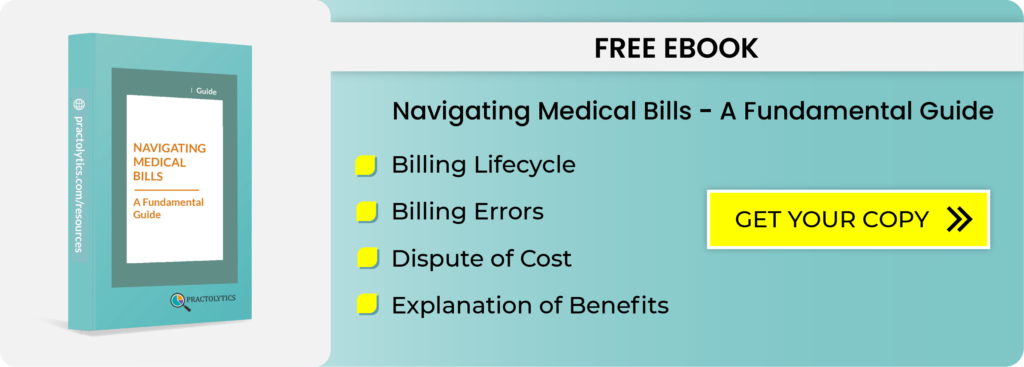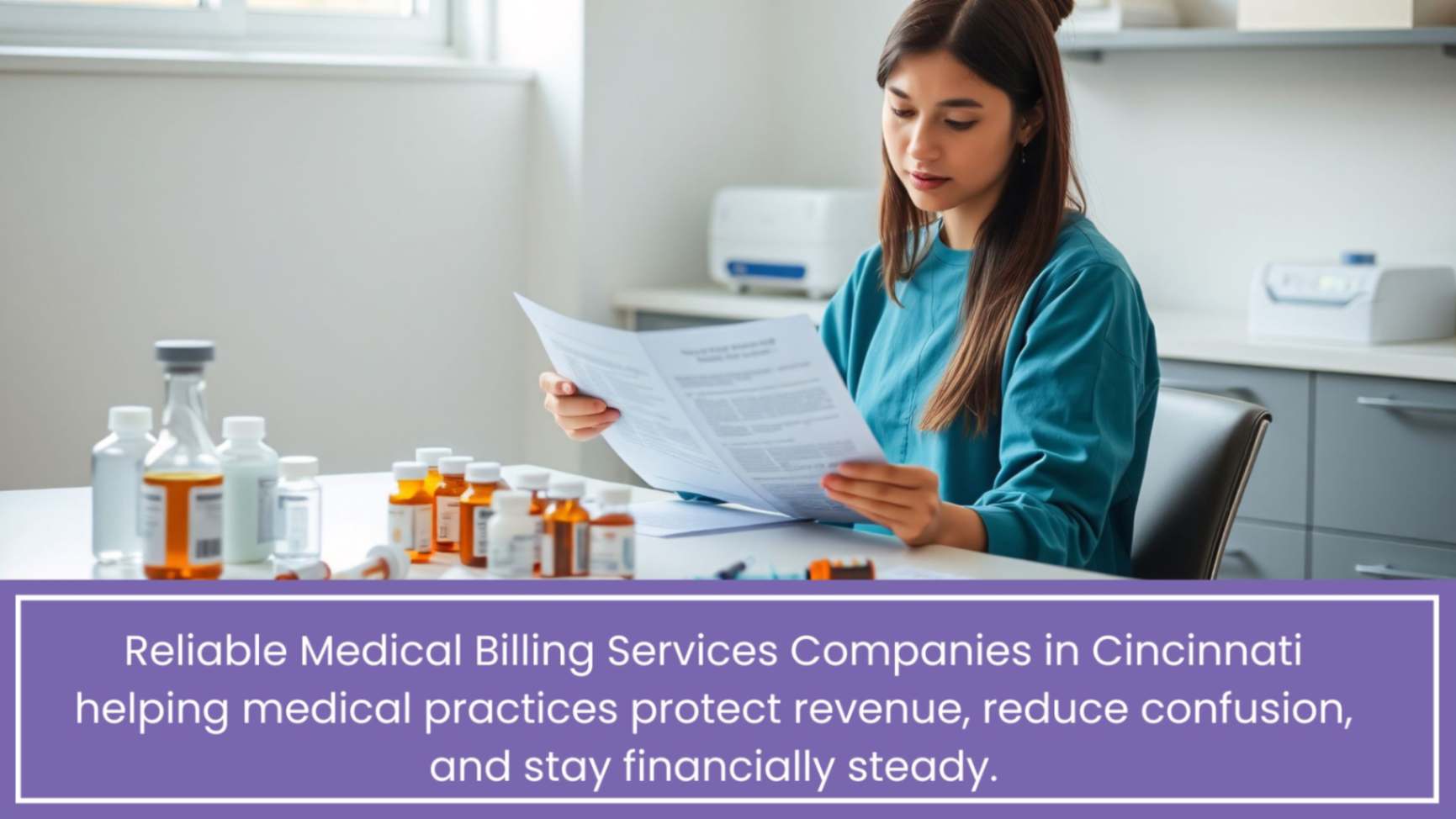Medical Billing Services Companies in San Francisco
Running a medical clinics in San Francisco means working in a dynamic, expensive healthcare market. High overhead, diverse payer mixes, and busy specialty practices make revenue cycle management services a daily challenge. You’re doing great work for patients — but if medical billing services companies in san francisco and collections don’t keep pace, cash flow issues show up fast.
I’ll keep this short and useful: here are the real problems I see in Bay Area practices and the practical fixes that actually move the needle, backed by how Practolytics helps clinics get that recovered income back to the practice.
Table of Contents
Medical Billing Market in San Francisco
San Francisco’s payer landscape is a mix: commercial plans, strong employer-based coverage, multiple Medicare Advantage plans, and often complex specialty reimbursements. A few specific local pressures:
- Specialty-heavy Market: many dermatology, ENT, plastic surgery, and high-acuity outpatient services. These services often use higher-value CPTs that pay well — but only when coded and documented correctly.
- Cost pressure and staffing turnover: Hiring experienced billers is expensive; front desk staff change frequently.
- Tight patient Expectations: patient statements that are confusing hurt collections and reputation in neighborhoods where word of mouth travels quickly.
So the challenge is not only “get paid” — it’s “get paid accurately and quickly while keeping patients satisfied.”
Top Five Billing leaks in Medical Practices
These are simple, recurring issues that typically cause the largest losses:
- Wrong place-of-service or modifier use for specialty visits. A small coding mistake on high-dollar procedures costs a lot.
- Authorization and eligibility gaps for employer plans and MA plans. Missing prior authorizations or incorrect eligibility checks cause denials that sit unpaid.
- Claims failing soft edits at clearinghouses. Those are the small fixes that should be automated but often aren’t.
- Slow denial response and appeal process. Denials that aren’t immediately appealed become aged AR and often require more work to fix.
- Confusing patient statements. When statements are unclear, patients delay payments or call the practice, and collections stall.
What Practolytics does differently in San Francisco with other providers?
We focus on practical, measurable work — not buzzwords. Here’s how we approach a Bay Area practice:
Quick Audit with a local lens
We start with a short audit (often a 7–14 day window) that checks denials, top CPTs by dollar value, and days-in-A/R. The difference: we prioritize issues by dollars at stake and by how quickly they can be fixed. For example, a recurring denial on an oft-used high-value dermatology CPT gets higher priority than a rare $20 denial.
Fix the small process changes that save big
Often it’s a checklist: require a pre-visit eligibility check for employer plans and Medicare Advantage; add a quick modifier review for place-of-service errors; implement automatic clearinghouse rules for common soft edits. These are small operational changes that reduce rework.
Build payer-specific appeal templates
San Francisco practices typically deal with a handful of dominant payers. We keep templates and evidence bundles ready for each payer and service line so appeals are fast, accurate, and consistent.
Train clinicians and front desk staff with short, focused sessions
Instead of long trainings that everyone forgets, we do 15–30 minute, role-specific sessions: something front desk can use for eligibility checks; something clinical staff can use for documentation tweaks that reduce denials. Practical > theoretical.
Patient-friendly billing
We rewrite statements, add short explanatory lines for common items, and provide clear online payment links. That reduces calls, increases online payments, and improves collection rates.
Example: A Common Bay Area Win
A mid-sized dermatology clinic we worked with had repeated denials on a couple of excision CPTs due to laterality and modifier confusion. The fix was three parts: a one-hour coding huddle that aligned providers on how to document laterality; a front-office check for prior auth when those codes were on the schedule; and a payer-specific appeals packet. Result after three months: a 40–50% reduction in denials for those codes and a meaningful reduction in aged AR.
How to Find whether your practice needs help now
If you answer “yes” to any of these, the clinic likely has low-hanging revenue to reclaim:
- Do you have more than 10% denials by volume or more than 20% by dollars?
- Are patient statements generating more calls than online payments?
- Do you have frequent staff turnover in billing and a steady backlog?
If so, a short audit that targets your top CPTs and biggest denials will show clear next steps.
Our Proven Roadmap for Partnering with Healthcare Practices
- Week 1–2: Audit, prioritize top 3–5 issues by dollar impact.
- Week 3–6: Implement process changes (eligibility checks, templates, checklists).
- Week 7–12: Monitor denials, train staff, optimize statements.
- After 3 Months: You should see fewer reworks, faster AR days, and clearer revenue reporting.
Final thoughts:
Lots of billing problems feel overwhelming, but most practices only need a few targeted changes to free up meaningful cash flow. In San Francisco, that usually means cleaning up high-value coding, tightening authorization checks for employer and Medical Auditing plans, and making patient statements clearer.
If you’d like, Practolytics will run a short, no-cost billing health check focused on your top payers and CPTs. We’ll return a short list of practical next steps you can act on immediately — no jargon, just results.
ALSO READ – Simplifying Revenue Management: How Medical Billing Services Empower Small Practices
Talk to Medical Billing Expert Today — Get a Free Demo Now!






